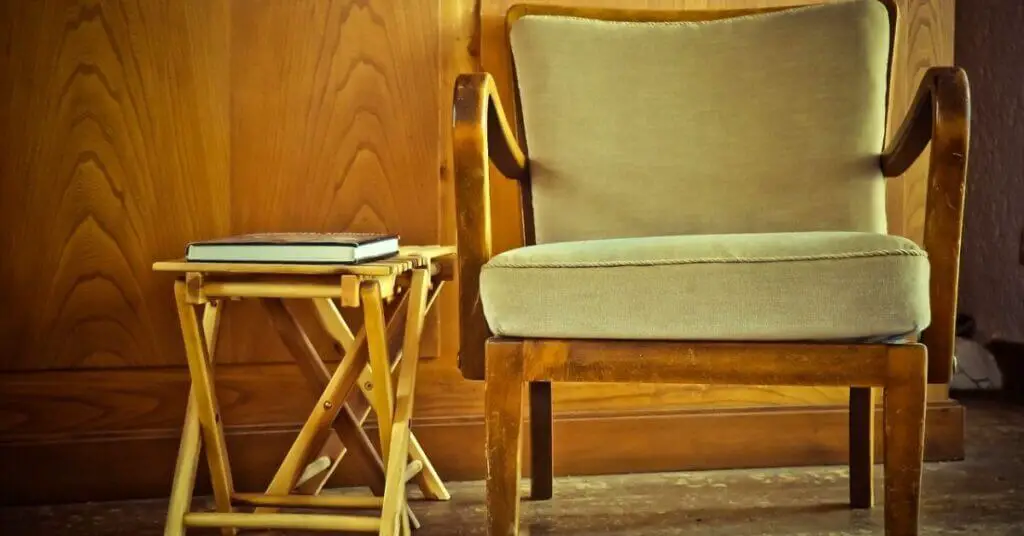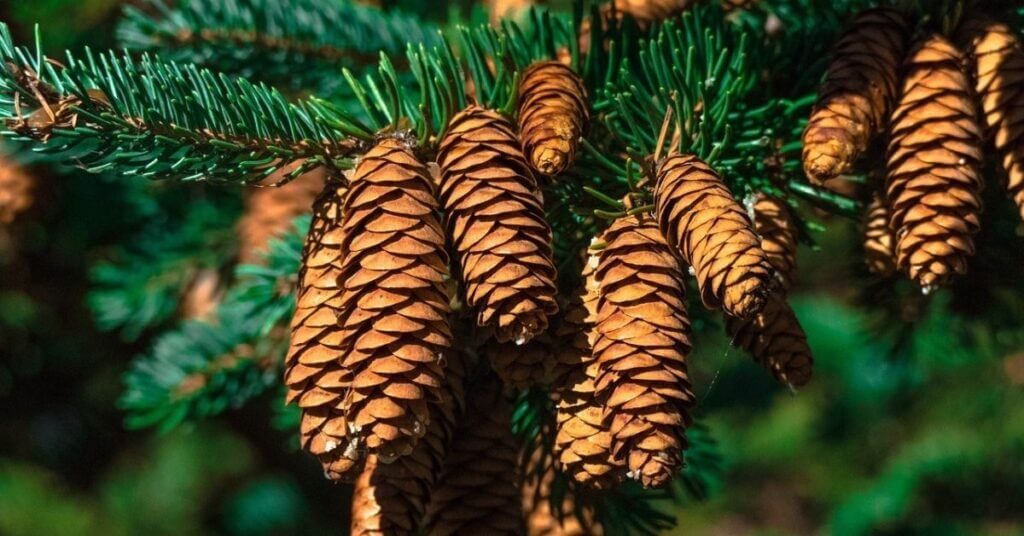Introduction
Loblolly Pine(Pinus taeda) is an evergreen coniferous species of Pine(Pinus). It is native to the Southeastern United States, It is prevalent in the United States and has been used for many applications. It is widely used for Furniture, pulpwood, plywood, composite boards, posts, poles, pilings, crates, boxes, pallets, etc.
Pinus taeda is preferred for its rich reddish-brown color and straight grain. Because it is softwood and medium density, It does not have good decay resistance properties. But still performs better than many other softwoods.
Loblolly Pine grows in acidic, loamy, moist, sandy, well-drained, and clay soils. It does not require much care to grow. It just needs direct sunlight, moist soil, and regular care.
| Properties | Loblolly Pine |
| Scientific Name: | Pinus taeda |
| Tree Size: | 30–35 m (98–115 ft) |
| trunk diameter | .4-1.5 m (1.5-5 ft) |
| Dried Weight: | 35 lbs/ft3 (570 kg/m3) |
| Strength: | 7,130 lbf/in2 (49.2 MPa) |
| Janka Hardness: | 690 lbf (3,070 N) |
| Wood Color : | Reddish-brown to yellowish-white |
| growth rate: | 24″ per year. |
| Uses: | Stringers, Roof trusses, Poles, Joists, Piles, etc. |
Loblolly pine Uses

1. Construction and Furniture
Loblolly Pine has medium Strength and hardness. It is suitable for low to medium construction projects, such as stringers, roof trusses, poles, joists, piles. It will not be safe to use it for heavy construction.
Loblolly Pine is considered very good for interior purposes such as furniture, subfloor, and sheathing. Appearance, stability, and strength are important factors for great furniture. We get all these in Loblolly. However, being a softwood, it needs extra regular care.
2. Crates, Boxes
To make Crates and Boxes, it is necessary to have lightweight and strong wood. Being lightweight is convenient in transportation. Therefore, Loblolly Pine may be a better option for Crates and Boxes.
3. Shade or Ornamental trees
The Loblolly Pine tree looks attractive as well as being shady. So that it is used as Shade or ornamental trees. Generally, the height of a mature tree is up to 30–35 m. Therefore, take care of enough space before planting.
Loblolly Pine Wood Advantages
1. Light Weight
Light-weight wood has good workability properties. It can be easily worked with a high attitude. Being light weight reduces the transportation charge which is economically important. When you are transporting large quantities of wood.
2. Workability
Workability is very important for any wood. Because it saves a lot of time for carpenters and owners. Most of all species of pine have good workability due to low density and hardness.
It can be easily worked with hand tools and machines. and it glues and finishes well. If you work with Loblolly Pine, there is no need for pre-drilling to apply nails and screws.
3. Availability
Loblolly Pine is native to the Southeastern United States, from East Texas to Florida, and north to southern New Jersey. It is available in sufficient quantities in these areas.
It is a fast-growing pine species. Its growth rate is about 24″ per year. It is not listed in the CITES Appendices.
4. Affordable Price
Loblolly Pine is inexpensive. It is available at a lower price in the market than many other softwoods and hardwoods. There are many reasons for it being inexpensive, such as high availability, fast growth. In other countries where it is not available, it may cost more.
5. Great Appearance and color
Almost all species of pine are known for their Appearance and color. The heartwood of loblolly pine is reddish-brown, The sapwood is yellowish-white. It is easier for the stain to get any color you want. Straight-grained with a fine to medium texture. So it gives a uniform grain pattern to application.
Loblolly Pine wood Disadvantages
1. Scratches and Dents
Scratches and Dents are the main problems with most softwood species. Loblolly pine is softwood, So it also has some drawbacks. There are many reasons for having Scratches and Dents. But the main reason is low density and hardness. If you are using flooring then you should use furniture leg pads or carpets to avoid dents and Scratches.
2. Defects
Defects of softwood wood are often found. Because it does not have very good decay and rot-resistant properties. You will get fewer defects in high-grade woods. High grade is considered better for flooring and furniture. You may have to pay more for this.
3. Required maintenance and care
The Loblolly Pine is rated as moderate to low in decay resistance. So If you want to use Loblolly Pine for a long time, you will have to maintain it. Pinewood is very sensitive to external temperatures. So keep them at places where temperatures are stable and it is also important to avoid direct sunlight.
Loblolly Pine as firewood
Pine is not suitable for firewood. Loblolly trees contain large amounts of sapwood. In which a large amount of moisture is present. it emits more smoke, which no one would like to burn inside the house.
Due to excessive moisture in the sapwood, it does not burn properly. All species of pine have low BTUs value so that it does not generate high heat.
How to Identify Loblolly Pine?

Loblolly Pine Tree
The loblolly pine tree generally has a length of about 30–35 m (98–115 ft) and a diameter of about .4–1.5 m (1.5–5 ft). This tree height may be changed under certain conditions such as the natural environment and soil quality.
Cone/fruit
The seed cones are green and become light brown as they ripen. It is 7–13 cm (2+3⁄4–5 in) in length, 2–3 cm (3⁄4–1+1⁄4 in) wide when closed. When the cone is open, It bears a sharp spine 3 to 6 mm (0.12 to 0.24 in) long and 4–6 cm (1+1⁄2–2+1⁄4 in) wide.
Leaf
All species of pine have needle-like leaves which are in tufted structures, called fascicles. Due to which they can be easily recognized. The needles are dark yellowish-green or sometimes grayish-green, 12–22 cm (4+3⁄4–8+3⁄4 in) long. The needles can be mostly straight but sometimes twisted.
Because it is an evergreen species, pine needles usually last for two years before falling off, which gives this species its evergreen character. The needles turn dark brown before falling from the tree.
Bark
Young bark is smooth yellowish-gray or a light reddish-brown. Mature bark is dark grayish-brown. The grooves in the trunk break it into elongated, wide, irregular plates.
Read other articles
Loblolly Pine vs Slash Pine | Which Wood is Best for Application?

